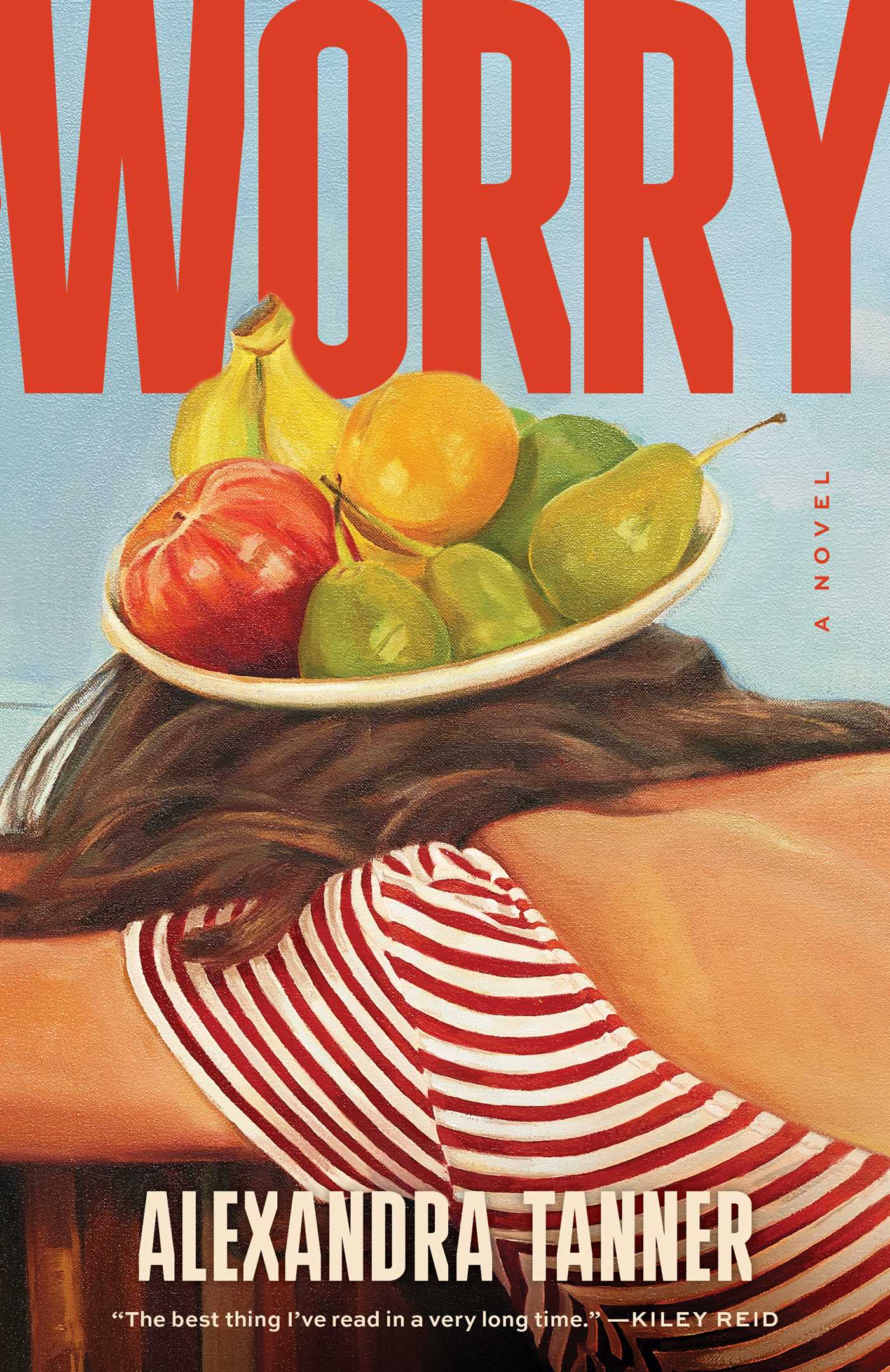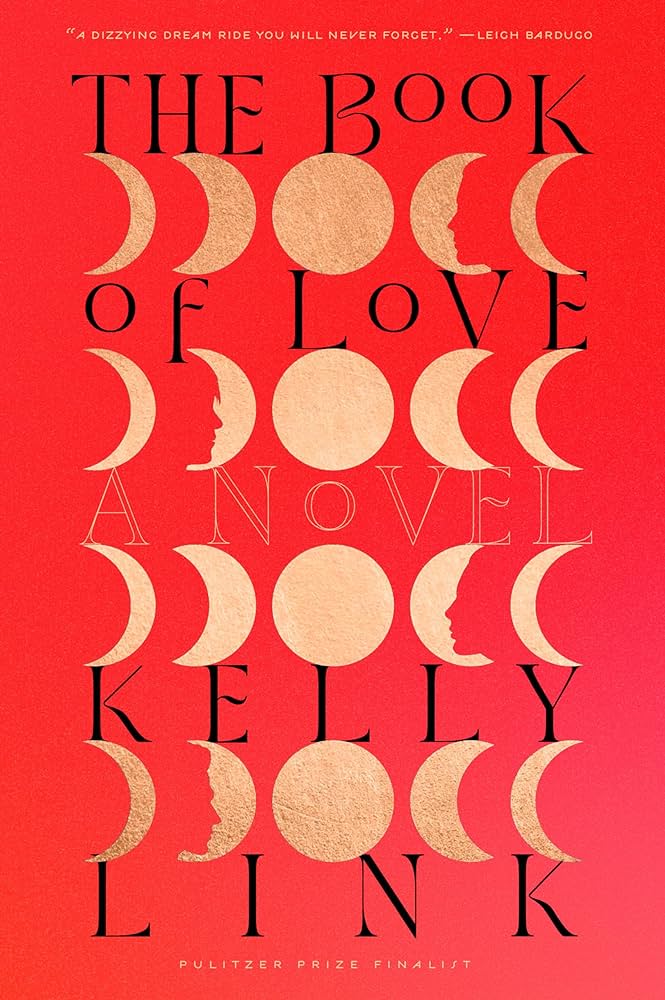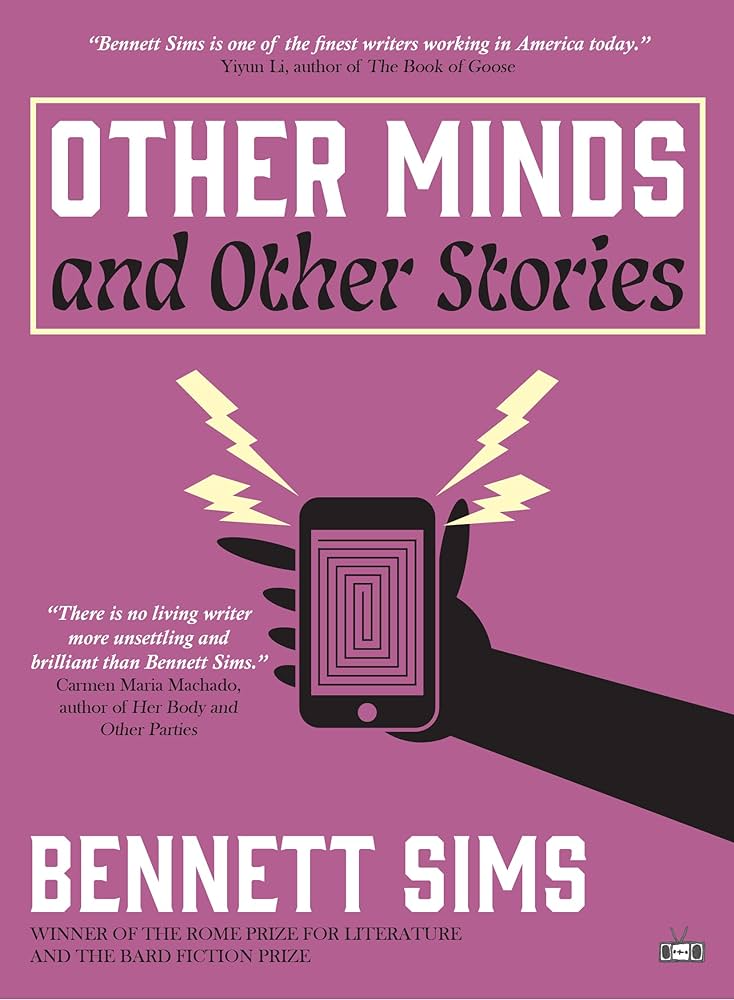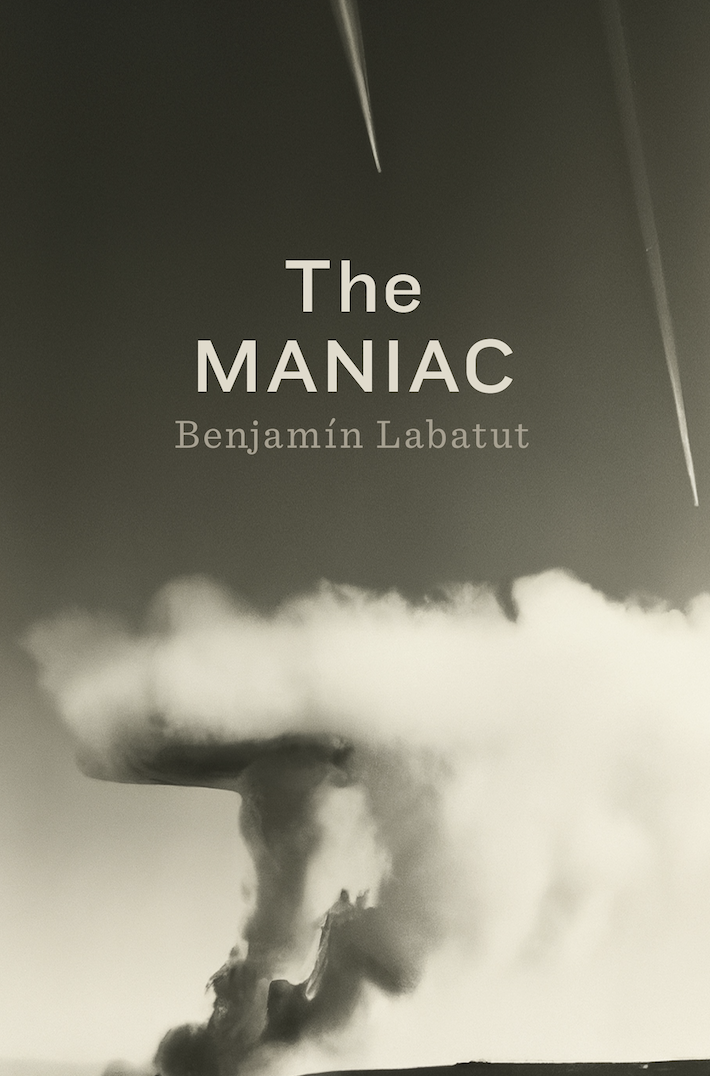
Pamela Erens’s new novel, Eleven Hours, opens with the push and tug between laboring patient and nurse. Lore, the expectant mother, rigid and stubborn — “No, the girl says, she will not wear the fetal monitoring belt” — and Franckline, her nurse: “These girls with their birth plans…as if much of anything about a birth can be planned.” Orphaned, friendless, and estranged from her baby’s father, Lore is poised to deliver alone. Franckline, by contrast, is more sociable, a seemingly happily married woman from Haiti. Through Franckline and Lore, Erens continues interrogating the core contradiction that threads through two earlier novels: The simultaneity of twinness and aloneness.
In light of this core contradiction, Eleven Hours’s outwardly different protagonists – Lore is white; Franckline is black — share important characteristics. Franckline is herself pregnant. Out of superstition of miscarrying, she has not informed her husband. Just as Lore’s isolation derives from loss and betrayal, it also transpires that Franckline’s past is one of suffering and disruption. Thus Lore and Franckline form a pair, each with private misgivings about her pregnancy and impending birth, each entangled in the other’s present.
Layers of finely wrought details frame these women as matched puzzle pieces. Moving seamlessly between them, Erens renders them singular and affecting, deftly weaving in their backstories while remaining rooted in the novel’s central drama: Lore’s labor. With indulgent pragmatism, Franckline watches her patient fight to control the uncontrollable process of birth. Lore is inflexible; Franckline knows better:
Anything can happen, and often does…Babies twisted up on the umbilical cord, starved for oxygen for a little too long. Birthmarks obliterating a child’s face, absent fingers or toes. Fifty-hour labors, a mother suffering a heart attack while pushing (that one was only thirty-two years old, grossly overweight, yes, but seemingly hale, with an energetic, generous laugh; they saved her, but it was touch and go).
Lore is less than self-aware; Franckline is generous, attuned, and self-aware, to the point of underestimating her own kindness: “The pregnancy has made her mean, made her small, Franckline thinks. On the subway and in the street, she looks away from pregnant women — seven, eight, nine months along — so as not to poison them with her envy.” Lore is a speech teacher at P.S. 30, while Franckline considers her own, hard-earned English: “How supple her speech is now! How she surprised herself at times! She is proud of her English; after eleven years it is almost flawless.”

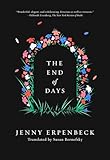 Eleven years, eleven hours. Duality is literature’s lifeblood; writers frequently quarry opposites. William Shakespeare loves his twins; Mark Twain, his Prince and the Pauper. Contemporary novels embed alternate endings within the same book. Jenny Erpenbeck’s recently translated The End of Days offers two interpretations of the same facts in each of its five segments. Lionel Shriver’s The Post-Birthday World splits into divergent paths — the road taken and the other road taken.
Eleven years, eleven hours. Duality is literature’s lifeblood; writers frequently quarry opposites. William Shakespeare loves his twins; Mark Twain, his Prince and the Pauper. Contemporary novels embed alternate endings within the same book. Jenny Erpenbeck’s recently translated The End of Days offers two interpretations of the same facts in each of its five segments. Lionel Shriver’s The Post-Birthday World splits into divergent paths — the road taken and the other road taken.
 Erens makes a fresh contribution. Along with creating original and nuanced characters, she pits duality against intense isolation. Her astonishing debut, The Understory, tells the wrenching story of John Frederick Ronan, who squats in his deceased uncle’s New York apartment, living in his head. He is obsessed with twins, hunting for them around the city, using two personal aliases. Readers wend through his warped reasoning — twisted from either his inability, or his lack of desire, to engage with others. He arrives at a Buddhist monastery in upstate New York seeking shelter, having been evicted into homelessness. In the silence of the monastery’s enforced, pre-dawn meditation, Ronan reflects: “I have no family, no home, no friend, no books. Surely they can leave me my thoughts.”
Erens makes a fresh contribution. Along with creating original and nuanced characters, she pits duality against intense isolation. Her astonishing debut, The Understory, tells the wrenching story of John Frederick Ronan, who squats in his deceased uncle’s New York apartment, living in his head. He is obsessed with twins, hunting for them around the city, using two personal aliases. Readers wend through his warped reasoning — twisted from either his inability, or his lack of desire, to engage with others. He arrives at a Buddhist monastery in upstate New York seeking shelter, having been evicted into homelessness. In the silence of the monastery’s enforced, pre-dawn meditation, Ronan reflects: “I have no family, no home, no friend, no books. Surely they can leave me my thoughts.”
Reading The Understory is itself a meditation. Sublimely paced and rigorously crafted, The Understory investigates not only Ronan’s raw isolation, but also his drift toward coupling; a love that unfolds with disastrous consequences.
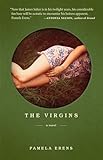 Erens’s second novel, The Virgins, centers around two teenage lovers at a tony boarding school. While their classmates imagine steamy sex, Aviva and Seung’s relationship is rife with the unsaid — misunderstandings and misconceptions that ultimately coalesce in tragedy. Aviva and Seung come from different cultural backgrounds, but their disconnection is rooted in something more fundamental; a set of experiences that impedes their ability to trust the people with whom they should be closest.
Erens’s second novel, The Virgins, centers around two teenage lovers at a tony boarding school. While their classmates imagine steamy sex, Aviva and Seung’s relationship is rife with the unsaid — misunderstandings and misconceptions that ultimately coalesce in tragedy. Aviva and Seung come from different cultural backgrounds, but their disconnection is rooted in something more fundamental; a set of experiences that impedes their ability to trust the people with whom they should be closest.
In Eleven Hours, the characters are similarly disconnected. Franckline has had to break with her family of origin, imbuing her with a powerful streak of self-reliance. Lore was orphaned young, but it is the ugly betrayals of those around her, including the father of her child, that have convinced her to go it alone. Erens deploys a character named Julia — who introduces Lore to the man who will father her baby — to address the subject of rape and its aftermath. With this subplot, Erens signals what is finally being publicly acknowledged: Rape is endemic to the female experience, far more common that we choose to admit.
Perhaps Lore’s child will splice her loneliness, but during labor, her isolation is stark. Here is a contraction, exquisitely captured:
…the moan this time is not simply a moan of will and pain but a call into the emptiness: Is anyone there? There is a blackness spreading into her vision and she feels herself spinning in an unlit sky. Empty, empty, her moan cries.
And later, as Lore strengthens her resolve that the baby’s father will never be part of her baby’s life: “Now she would be her own fiancé; she would marry herself. She would be both father and mother to this child. It was, really, one of the most ordinary stories in the universe.”
Eleven Hours is, at its most basic, the story of a woman about to mother a daughter (Lore has found out she is carrying a girl). Erens writes thoughtfully on pregnancy and mothering, mining her own challenges with breastfeeding. Mother-daughter pairings appear throughout the book. At Lore’s mother’s funeral:
…she looked down at her mother’s face, relaxed of some of its characteristic lines, and thought that here lay the only person who would every truly understand her, the only person she would ever care to be close to.
Franckline, whose mother’s “soft murmuring patter dried up near Franckline” after a teenage dalliance, is rescued by another mother, the one who would become her mother-in-law. Neither Lore nor Franckline share information about their mothers; instead they engage in a kind of emotional parallel play, in which they give free reign to their thoughts within the confines of a small hospital room, keeping everything to themselves. Between nurse and patient, there is a whiff of the mother-daughter, as if Lore were a cranky toddler continually saying “no” to Franckline’s experienced advice, and Franckline her long suffering parent.
Franckline reaches for Lore’s hand…There is flesh bunched below the wide silver band on the fourth finger, like a thick putty squeezing out…The finger above the ring is paler than the other fingers, with a bluish tinge. Franckline should tell Lore in no uncertain terms, in her practiced nurse’s voice, that the ring must be cut, that she could lose a finger. Franckline should use a word like necrotize, a word that makes young women pale and listen. But Lore would simply repeat ‘no.’
Lore sneaks out of her room, wandering into another part of the hospital like a rebellious teenager escaping an overbearing mother, and realizes she has gone too far: “Come get me, Franckline, she thinks. Come find me. Come help me, come make it all easier.” Contrite, Lore makes it back and shuts the door.
Franckline arrives at the room a couple of minutes later, out of breath, her eyes reproachful. ‘I’m sorry,’ blurts Lore. How she hates that phrase! It’s like trying to move sand around her mouth. But she cannot bear Franckline looking at her like that.
With passages like these, Erens skates perilously close to troubling, clichéd territory: Competent, wise black woman supports white woman in her struggle. Erens seems to recognize the dangers of descending into such a well-worn trope, skirting offense by giving Franckline a complex interior life, and by masterfully filling out each character.
Eleven Hours is crafted with the taut economy of The Understory, and with the same laser focus on human alienation. In fewer than 180 virtuoso pages, Erens knits together two women, two lives, two stories. Each woman has borne serious trials; each is detached from her family of origin, albeit for different reasons. Each has reason to worry about bringing new life into this world. They are together, but brutally alone. And yet for the duration of Lore’s hospital stay, their communion feels both necessary and illuminating. What passes between Franckline and Lore lifts them above despair, thrusting them toward life itself.



